Popular Baseball Bat Models
See more Popular Baseball Bat Models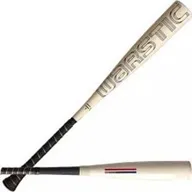
Warstic Bonesaber
187 Available

Louisville Slugger Atlas
221 Available

Louisville Slugger Select PWR
280 Available

Easton ADV 360
372 Available
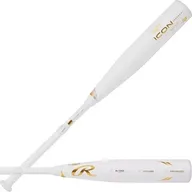
Rawlings Icon
407 Available

Soldier Sports Tank
64 Available
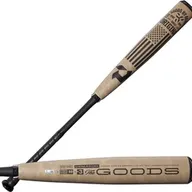
DeMarini The Goods
981 Available

Marucci CAT X
727 Available
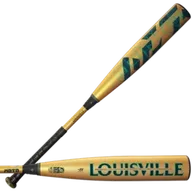
Louisville Slugger Meta
1624 Available

Marucci CAT X Connect
292 Available

DeMarini CF
1080 Available
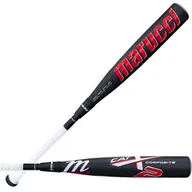
Marucci CAT9
1048 Available
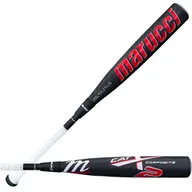
Marucci CAT X Composite
703 Available
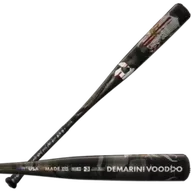
DeMarini Voodoo One
669 Available

Marucci AM22
46 Available
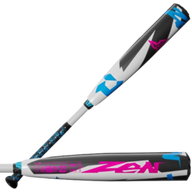
DeMarini CF Zen
680 Available
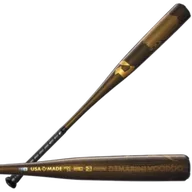
DeMarini Voodoo
490 Available

DeMarini Zoa
573 Available

Rawlings Clout AI
57 Available

Victus Vibe
212 Available
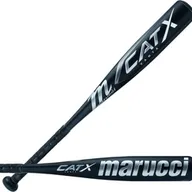
Marucci CAT X Vanta
155 Available
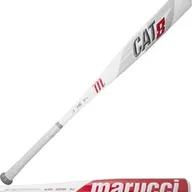
Marucci CAT8
493 Available
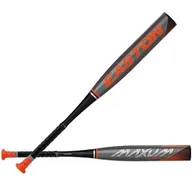
Easton Maxum Ultra
81 Available
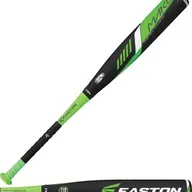
Easton Mako
781 Available
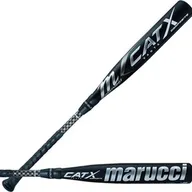
Marucci CAT
619 Available

Easton Speed
287 Available
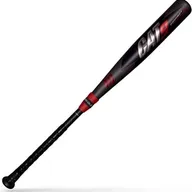
Marucci CAT9 Connect
379 Available
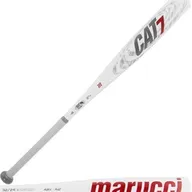
Marucci CAT7
299 Available
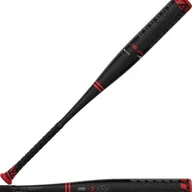
Easton Alpha ALX
262 Available
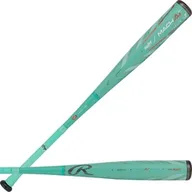
Rawlings Mach AI
124 Available
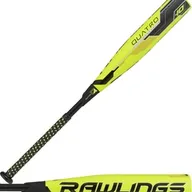
Rawlings Quatro
106 Available
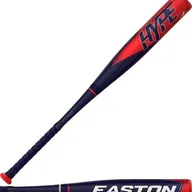
Easton ADV Hype
272 Available
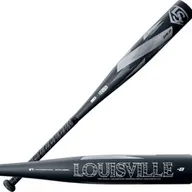
Louisville Slugger Solo
336 Available
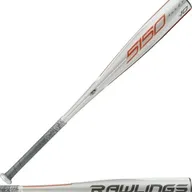
Rawlings 5150
383 Available
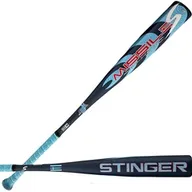
Stinger Stinger Missile
56 Available
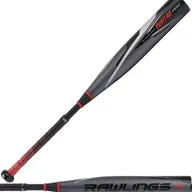
Rawlings Quatro Pro
124 Available
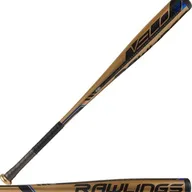
Rawlings Velo
477 Available

Victus Nox
437 Available

AXE Avenge
93 Available

Victus Vandal
216 Available

Easton Beast X
153 Available
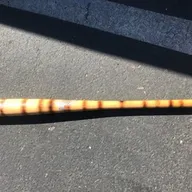
Other Unknown Brand Custom
54 Available
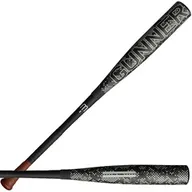
Warstic Gunner
66 Available

Easton MAV1
201 Available
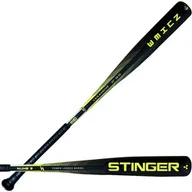
Stinger Nuke
56 Available
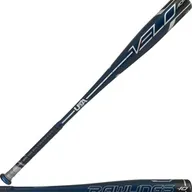
Rawlings Velo ACP
124 Available

Easton Z-Core
85 Available
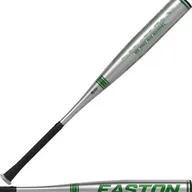
Easton B5 Pro
80 Available
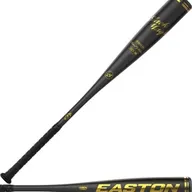
Easton Black Magic
58 Available
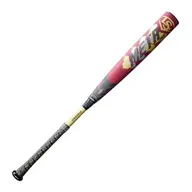
Louisville Slugger Meta PWR
49 Available
Trending Bat Listings
See more
MMATT152

larrydmartinez7

KyeL7

sportsxchange

jakescherrer
IMMACULATE - 2024 DeMarini Voodoo One BBCOR Certified Bat (-3) Alloy 29 oz 32" (Used)
$130
Retail price: $400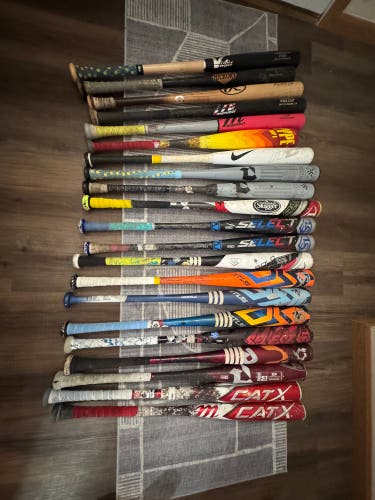
Gaitheraidan

813_bats

Talley118

sportsxchange

sportsxchange
Shop by Bat Certification
BBCOR Certified Baseball BatsBBCOR CertifiedUSSSA Certified Baseball BatsUSSSA CertifiedTraining Baseball BatsTraining BatsUSA Certified Baseball BatsUSABat Certified
1,786 Results
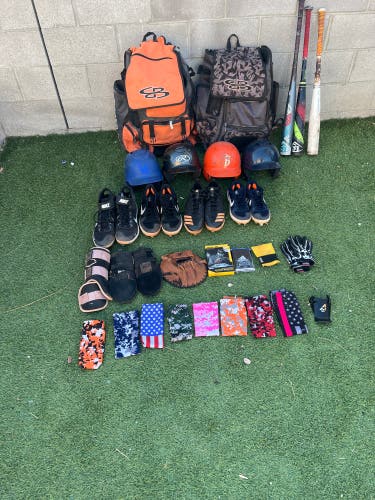
Afcksgeu
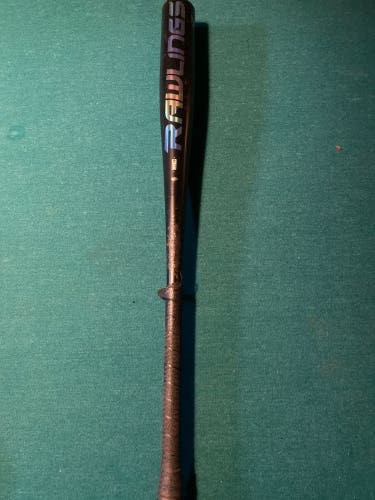
SeanDoran12

Fuegoscar

Lucah_09

Diego_Palomo09
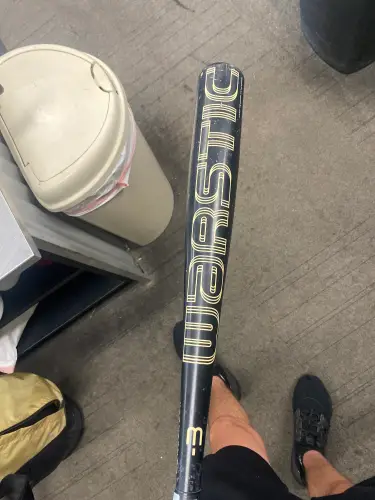
piasdeptford
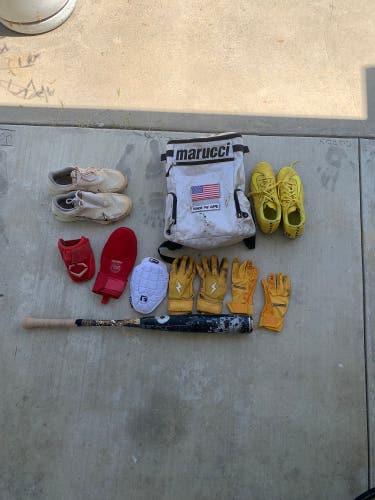
qwiizzyy
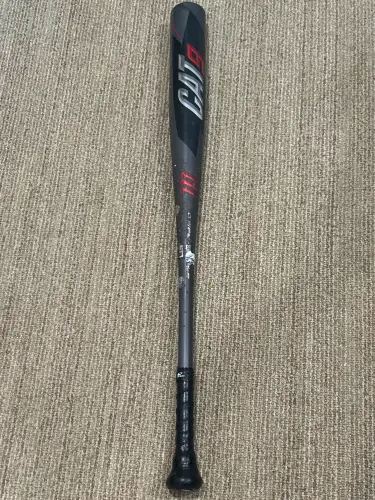
Drewwoodcox

thatboy7
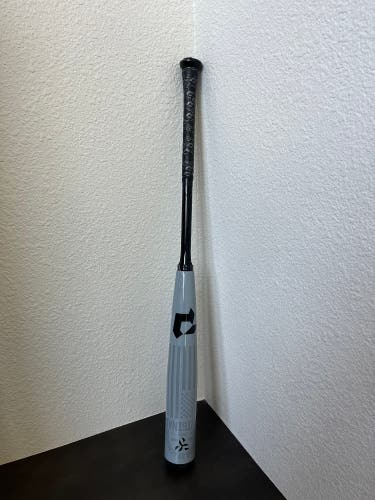
Gunnar34
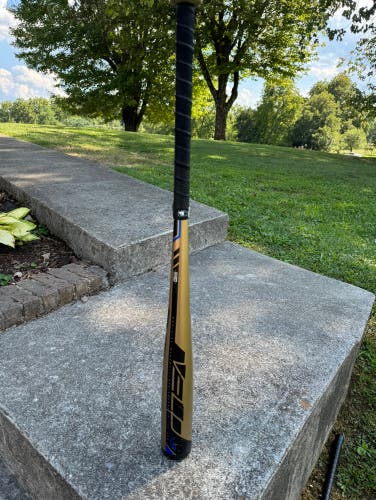
Jhm1982
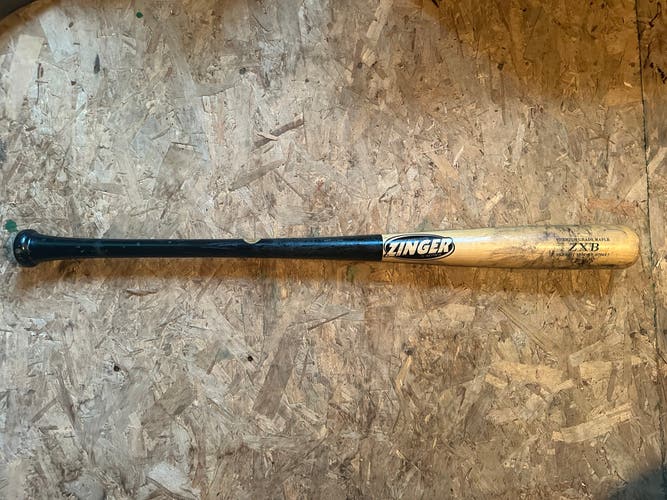
seth14wb

BensBats

landonkamant
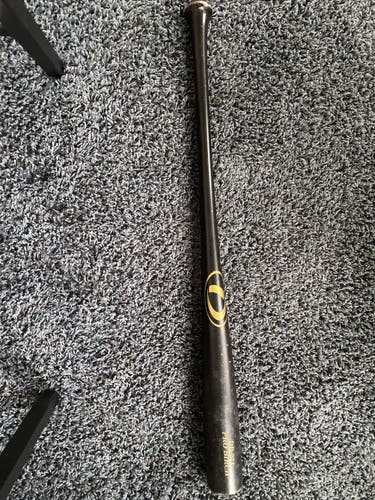
JohnG5
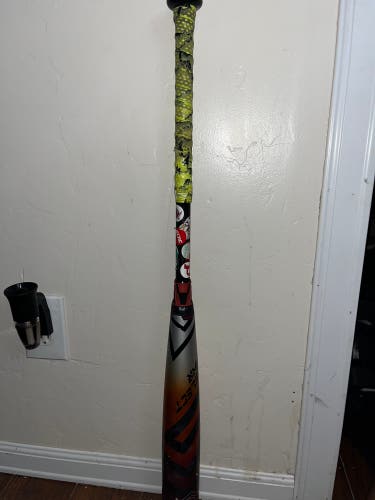
josemtz10

Bertrobinson

hitting_guru
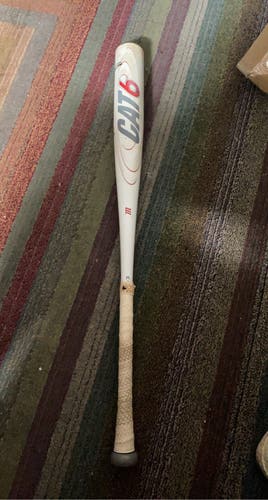
Michael_Lareau
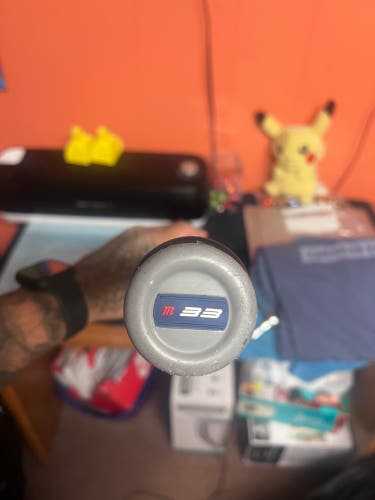
J13hernandez

Bertrobinson
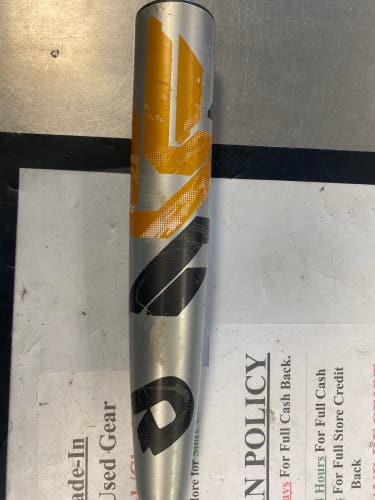
piasdeptford
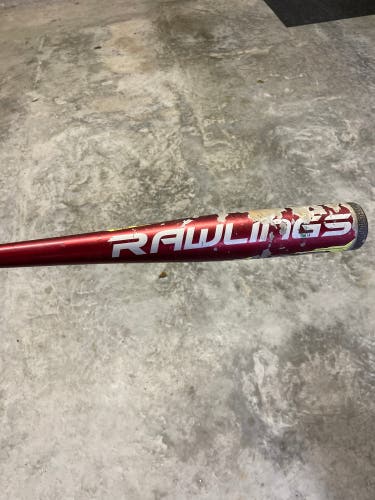
Bpowers20
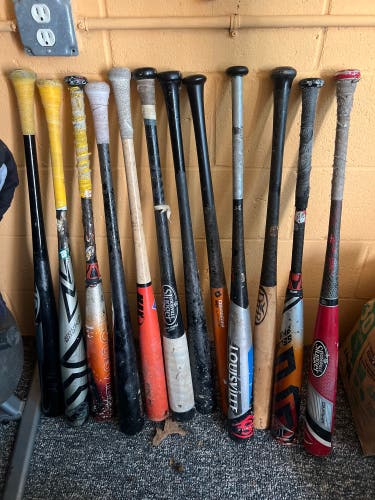
MudBoy2020v
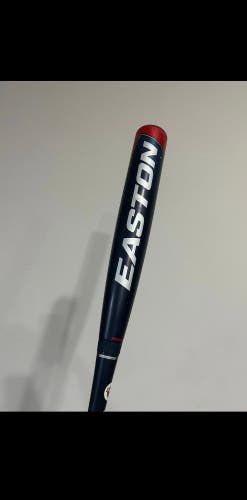
Luisbaseball1

Perk_22
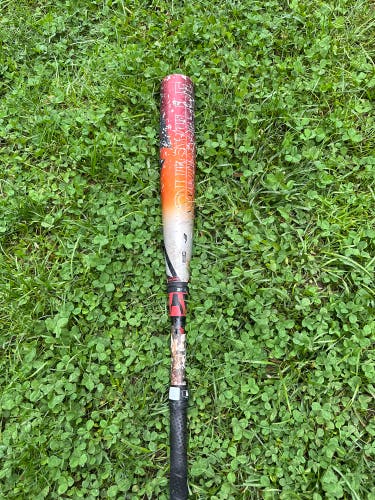
jmurph1

Fernando99
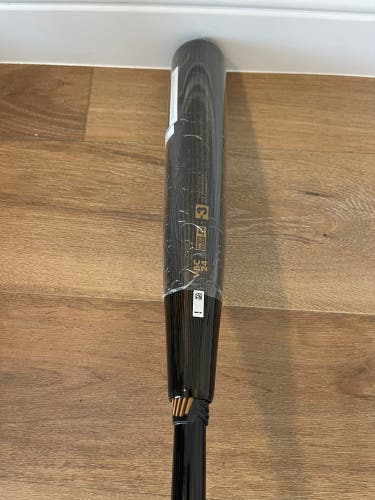
Redbirds1

Emilio_08
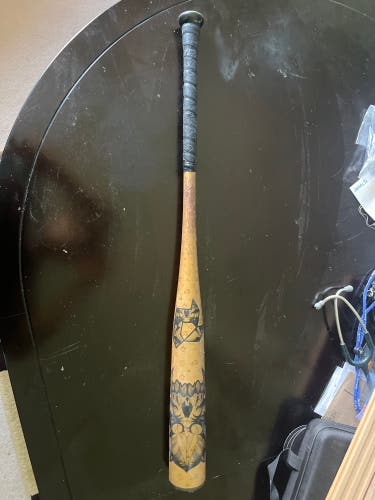
Cam20
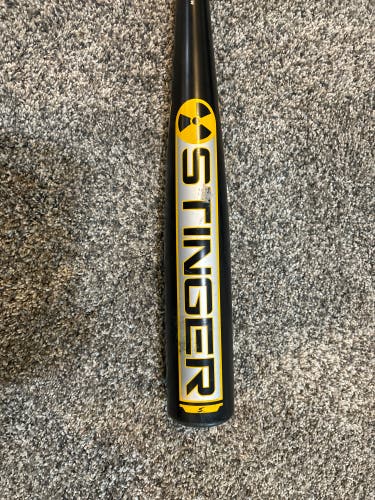
WillMargolis
Related Articles
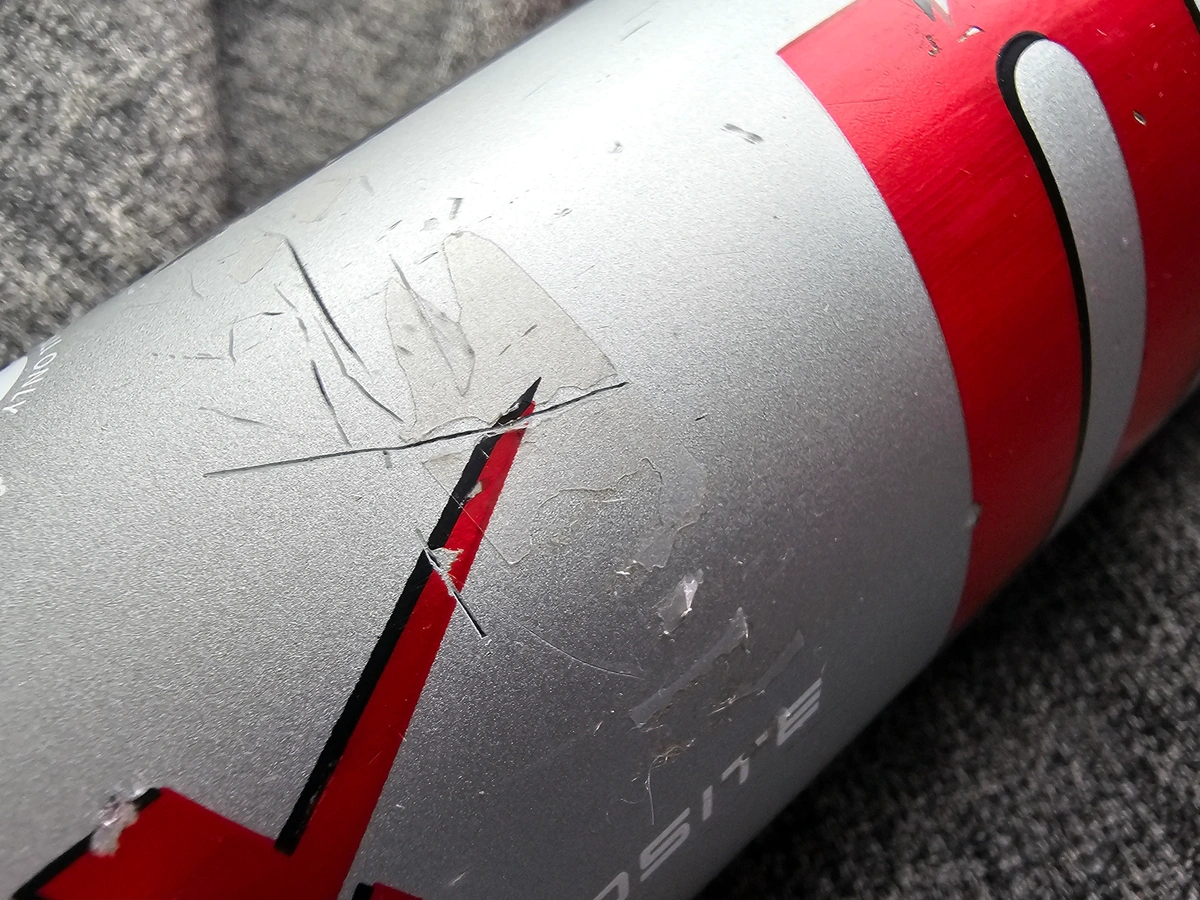
Signs You Need to Replace Your Baseball Bat
A trusty bat, perfectly balanced and broken in, allows you to unleash powerful hits with confidence. But even the most cherished bat can't last forever.
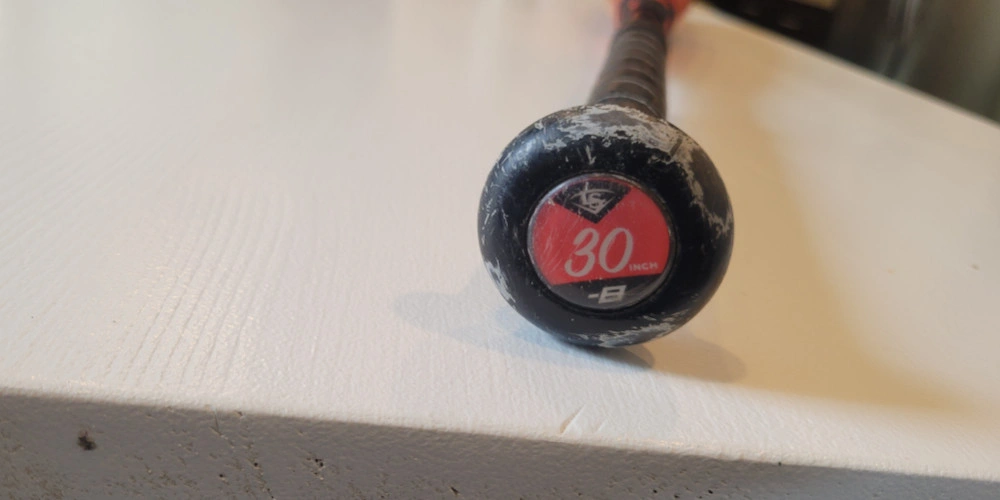
Buying a Used Baseball or Softball Bat
Looking to save big on used bats? Here's a brief checklist that our trade-in team uses to determine whether a used baseball or softball bat is worth buying.
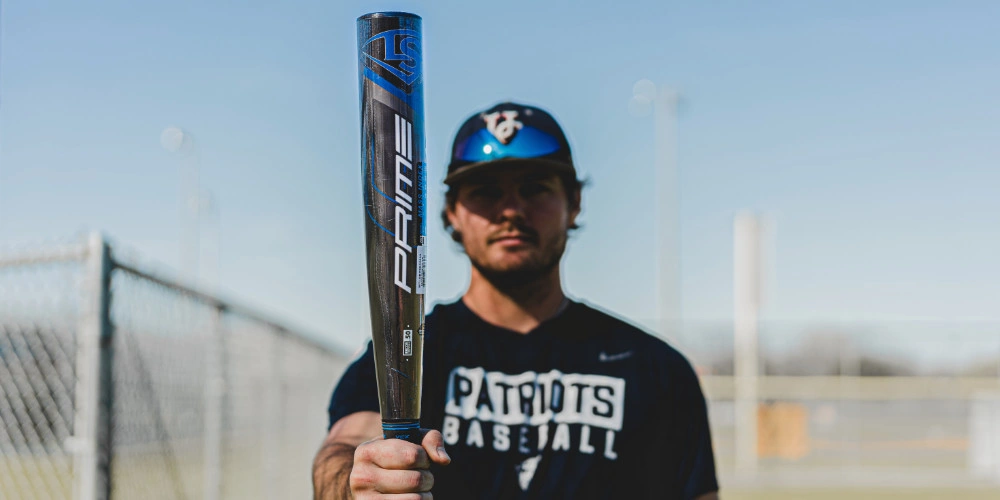
How to Ship A Baseball Bat
If you're looking to sell your bat, we've got a few tips to help you ship them safely.


